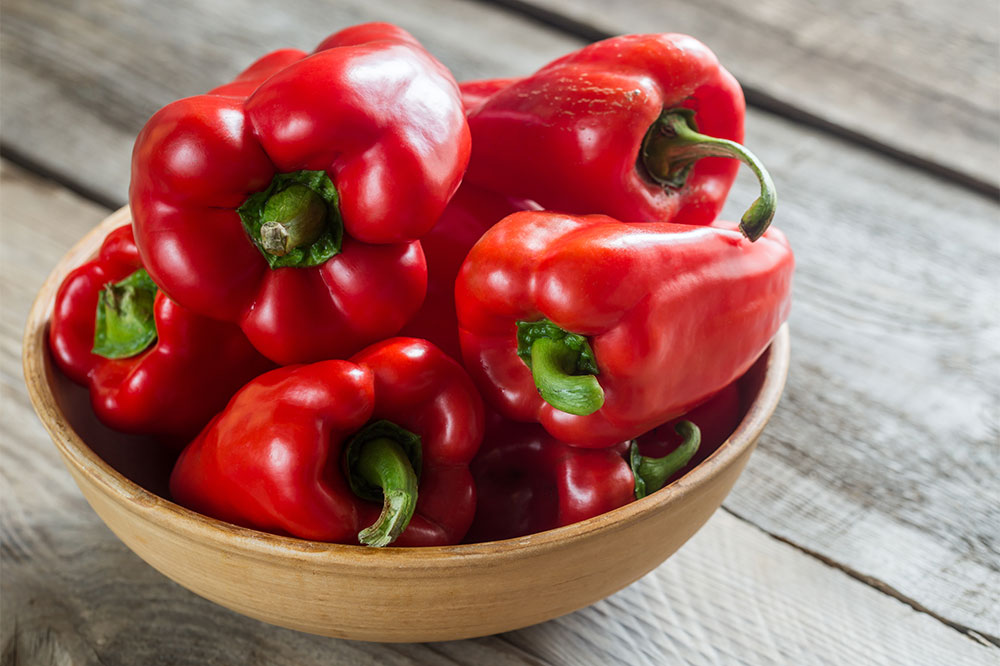Foods for a healthy kidney and liver

Healthy kidneys and liver are absolutely essential for a long and fit life. Among themselves, the two organs perform and oversee innumerable functions. The brain, spinal cord, and the heart are all dependent on the kidney and liver, underlining its importance to the human body. Therefore, their normal functioning is crucial and can be easily addressed by making healthy dietary choices. Read on to know more about foods you can add to your diet to improve the condition of your kidney and liver.
Foods essential for healthy kidneys
- Kale
Arguably one of the healthiest vegetables, kales are replete with antioxidants and also have anti-inflammatory properties. It is also a good source of Vitamins A and C and has large amounts of iron. They’re highly recommended to patients with kidney and cardiovascular conditions.
- Cauliflower
Like Kale, Cauliflower too is rich in Vitamin C. It’s packed with folate, antioxidants, and compounds that promote healthy functioning of the kidneys. Additionally, cauliflower is low in sodium and potassium, which helps maintain the fluid levels in the body. Its low protein and high fiber content help in detoxifying the kidneys.
- Apple
No wonder! Famed for its infinite benefits to the human body, apples are known to be great for the proper functioning of kidneys. They are high in fiber and have anti-inflammatory properties. Apples are also packed with pectin – a soluble fiber that reduces risk factors causing kidney damage.
Foods essential for a healthy liver
- Grapefruit
It is filled with antioxidants, among which naringenin and naringin are the most helpful. These antioxidants are known to protect the liver from injury, reduce inflammation, and protect cells. Additionally, grapefruit helps reduce fat buildup in the liver and increases enzymes that burn fats. The antioxidants can reduce the development of hepatic fibrosis as well – a condition where excessive connective tissue builds up in the liver.
- Nuts
Almonds are especially good sources of Vitamin E, which helps protect against fatty liver disease. Nuts in general, have good deposits of unsaturated fatty acids and antioxidants. Besides reducing inflammation, they prevent NAFLD (Non-alcoholic fatty liver disease) – a common condition in individuals who drink little or no alcohol.
Herbs and spices
Just as good for the heart, herbs, and spices are a must for a fully functioning liver.
- Cumin – Instrumental in the production of bile juice and other digestive enzymes, cumin also helps in liver detoxification and indigestion.
- Peppermint – Rich in antioxidants, peppermint cleanses the liver and helps eliminate harmful toxins from the body. Peppermint leaf stimulates the flow of bile and supports a healthy cholesterol level.
- Turmeric – The antioxidants in turmeric are incredibly powerful and can help prevent the liver from being damaged by toxins. Additionally, it supports the liver by releasing enzymes and reduces the risk of hepatitis.



